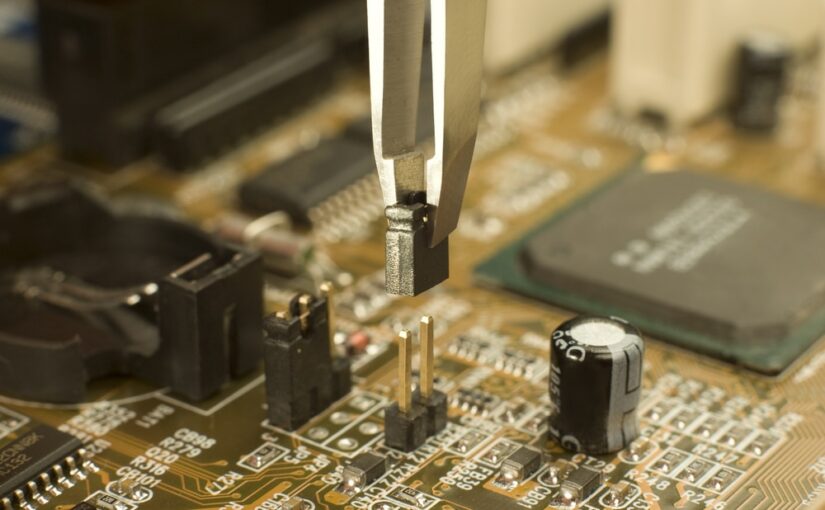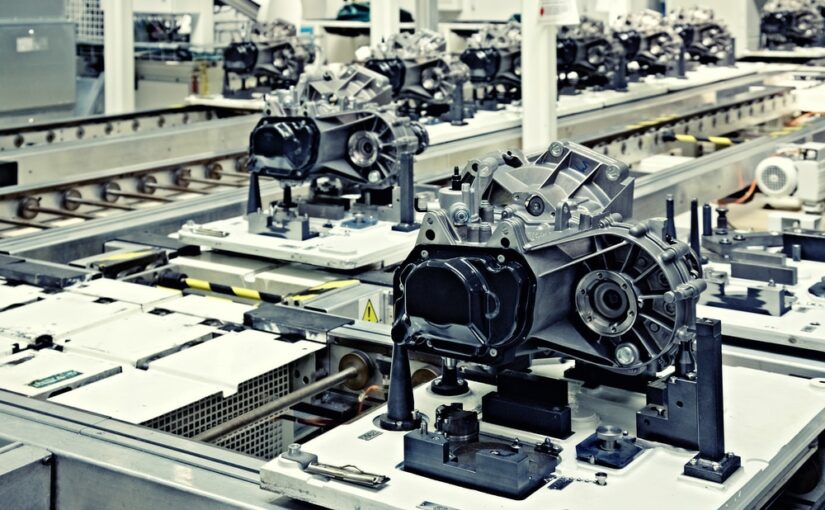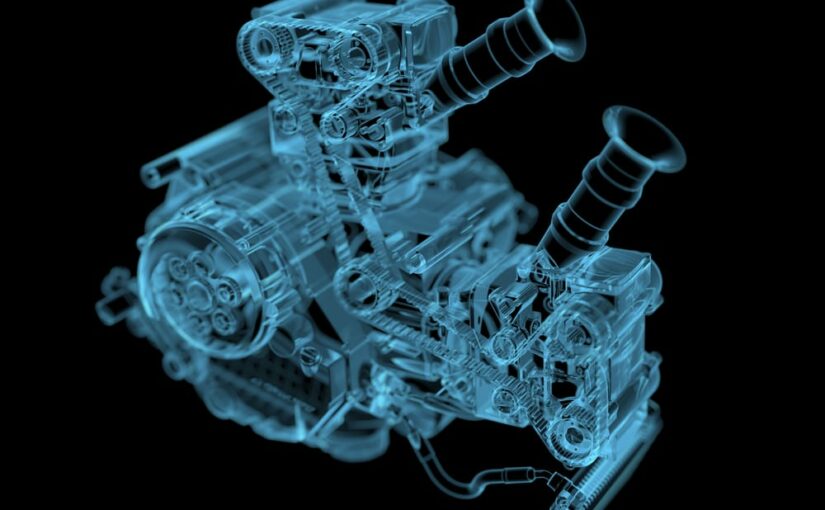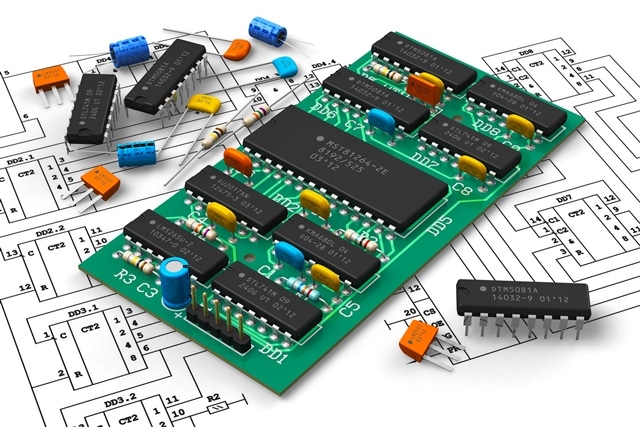Mean Time Between Failures Analysis
MTBF is an abbreviation for Mean Time between Failures . MTBF is a measure of how reliable a product is. MTBF is usually given in units of hours, the higher the MTBF, the more reliable the product is.For electronic products, it is commonly assumed that during the useful operating life period the parts have constant failure rates, and part failure rates follow an exponential law of distribution. In this case, the MTBF of the product can be calculated as:
MTBF = 1/(sum of all the part failure rates)
and the probability that the product will work for some time T without failure is given by:
R(T) = exp(-T/MTBF)
Thus, for a product with an MTBF of 250,000 hours, and an operating time of interest of 5 years of 24×7 (43,800 hours):
R = exp(-43800/250000) = 0.839289
which says that there is an 83.9% probability that the product will operate for the 5 years without a failure, or that 83.9% of the units in the field will still be working at the 5 year point. Note: the Reliability calculation assumes replacement upon failure.
The MTBF figure for a product can be derived in various ways:
1) Lab test data
2) Actual field failure data
3) Prediction models (such as Telcordia SR-332 or MIL-HDBK-217).
Telcordia SR-332
Telcordia SR-332 was originally the Bell Laboratories Bell core standard for the reliability prediction of commercial electronic components.
The Telcordia Standard allows reliability predictions to be performed using three methods:
Method I provides predictions based on a Parts Count procedure.
Method II provides predictions based on combining laboratory test data with Parts Count data.
Method III provides predictions based on combining field tracking data with Parts Count data.
All three methods are handled by the Reliability Workbench Prediction Module
MIL-HDBK-217
MIL-HDBK-217 is a US Department of Defense standard for the reliability prediction of electronic components.
MIL-HDBK-217 provides two reliability prediction methods:
- The Parts Count Method. This is a simpler approach for use during the early design phase and requires less information to be entered, for example quality, quantity and environment.
- The Part Stress Method. This is more complex and requires detailed information on temperature conditions and electrical stress. The part stress method is used when the actual hardware and circuits are being designed.
Enventure has years of experience in component engineering and has capability to provide MTBF analysis for products and Bill of materials. Enventure’s MTBF analysis will assist customers to develop and optimize product life cycle, maintenance and warranty strategies during the development stage. To know more about Enventure’s services in this area, email or call us today.










